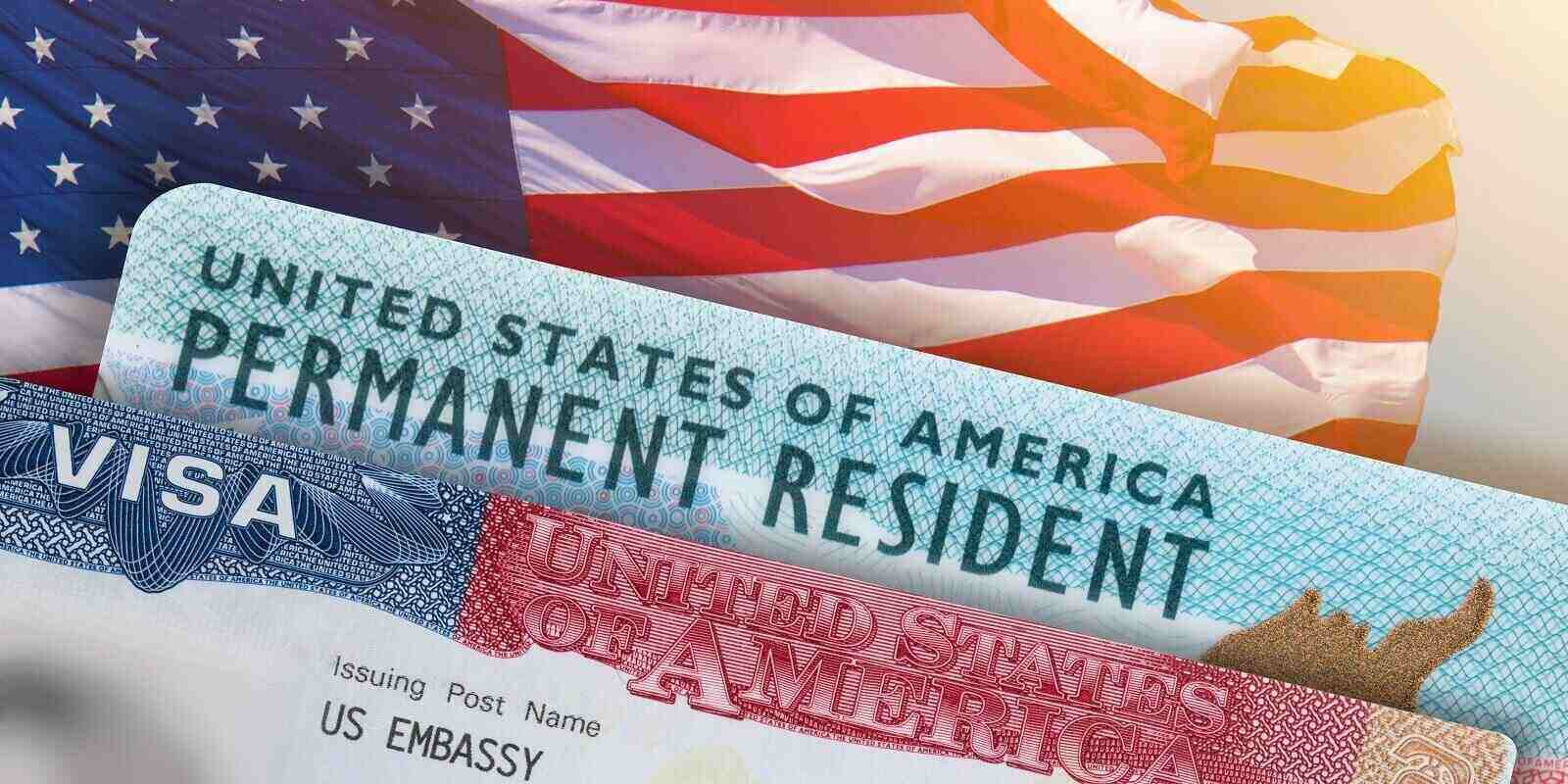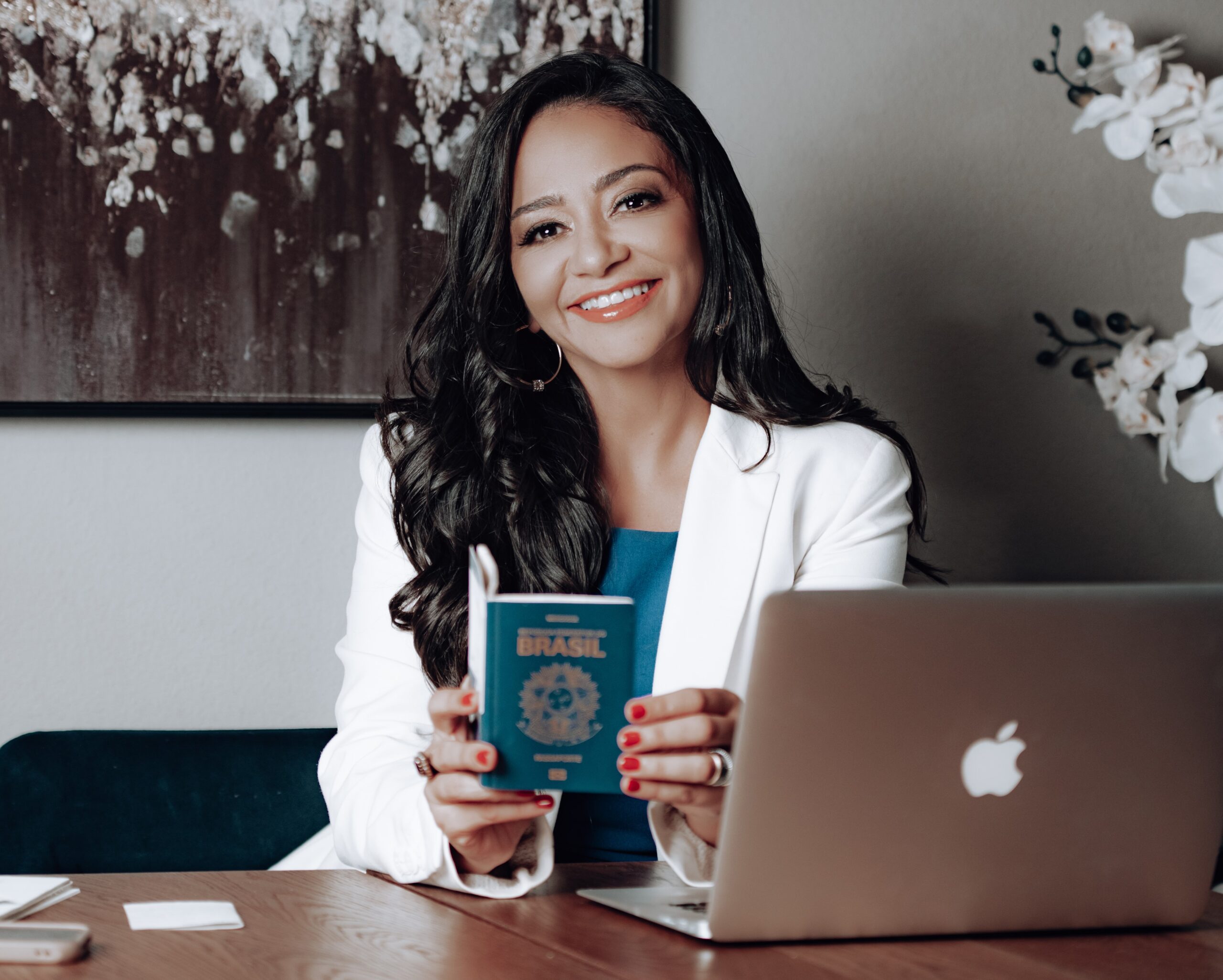The United States is a land of opportunities, and its government has long been welcoming and encouraging foreign entrepreneurs to establish and grow their businesses in the country. However, the traditional visa programs, such as H-1B, have limitations that make it challenging for entrepreneurs to obtain legal permission to work and create jobs in the United States. Enter the Entrepreneur Parole Program, or EPP, a relatively new initiative that seeks to attract and retain talented and innovative foreign founders. In this blog post, we’ll explore the EPP, its eligibility criteria, and its potential benefits.
What is the Entrepreneur Parole Program?
The EPP is a program that allows foreign entrepreneurs and startup founders to enter and temporarily stay and work in the United States on a parole status. It aims to promote economic growth, innovation, and job creation by facilitating the establishment and expansion of innovative and high-growth startups in the United States. The program is governed by the Department of Homeland Security (DHS) and is specifically designed for entrepreneurs who do not qualify for other visa programs.
Who is eligible for the Entrepreneur Parole Program?
To be eligible for the EPP, entrepreneurs must meet the following criteria:
– They must have founded or co-founded a startup within the past five years
– They must own at least 10% of the startup
– They must play an active and central role in the startup’s operations and development
– They must demonstrate that their startup has the potential for rapid growth and job creation
– They must have secured at least $250,000 in funding from qualified U.S. investors or at least $100,000 in government grants or awards.
Individual eligibility is determined on a case-by-case basis, and DHS may consider other factors, such as the lack of viable alternatives to the EPP or the potential economic benefits of the startup.
What are the benefits of the Entrepreneur Parole Program?
The EPP provides several benefits for foreign entrepreneurs, including:
– Temporary legal stay and work authorization in the United States for up to 30 months, with a possible 30-month extension
– The ability to apply for parole for spouses and minor children
– The freedom to work for their startup without the need for employer sponsorship or labor certification
– A pathway to explore permanent residency options (although EPP does not provide it)
Additionally, the EPP provides American industry and investors with access to talented entrepreneurs who may not otherwise be able to come to the United States due to visa restrictions.
How to apply for the Entrepreneur Parole Program?
The application process for the EPP involves several steps, including submitting an application form, supporting documentation, fees, and attending an interview. The DHS may request additional evidence and information as needed. If the application is approved, the entrepreneur will receive a Notice of Intent to Grant Parole, after which they must travel to a U.S. port of entry to receive parole status.

The Entrepreneur Parole Program is a game-changer for foreign entrepreneurs and startup founders who wish to establish and grow their businesses in the United States. While the program has its limitations, it provides a crucial pathway to temporary legal stay and work authorization, enabling foreign entrepreneurs to pursue their business dreams and contribute to American economic growth and innovation. If you are an entrepreneur thinking of applying for the EPP, consulting an experienced immigration lawyer can help you navigate the process and optimize your chances of success.
LEGAL DISCLAIMER
The information provided on this post does not, and is not intended to, constitute legal advice; instead, all information, content, and materials available on my posts are for general informational purposes only.
Disclaimer: This article is for informational purposes only and should not be considered legal advice. It is highly recommended to seek the advice of an immigration lawyer before making any decisions.
Disclaimer: The information provided herein does not, and is not intended to, constitute legal advice; instead, all information, content, and materials available on this site are for general informational purposes only.
Any and all information by or on this Site is provided for promotional or informational purposes only and is not to be relied upon as a professional opinion whatsoever. This includes all digital content, including but not exhaustive of, email, blog, podcasts, events, any and all social media ( inclusive of: Facebook and Instagram ), webinars and other content whether or not they are available for purchase, as resources or education and information only.
Readers of this post/article/video should contact their attorney to obtain advice with respect to any particular legal matter. No reader, user, or browser of this site should act or refrain from acting on the basis of information on this site without first seeking legal advice from counsel in the relevant jurisdiction.























